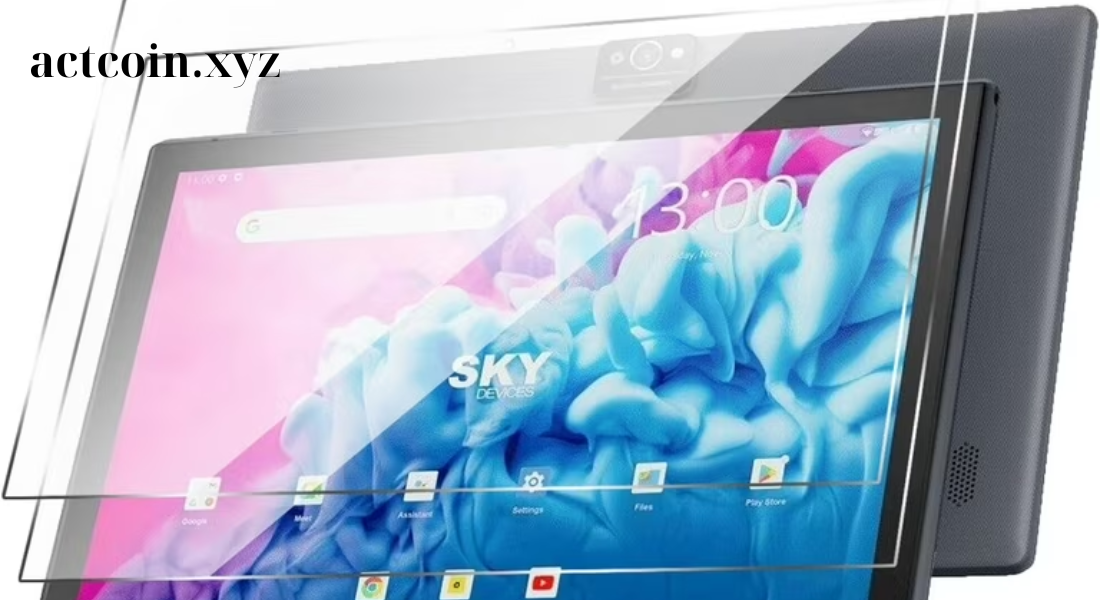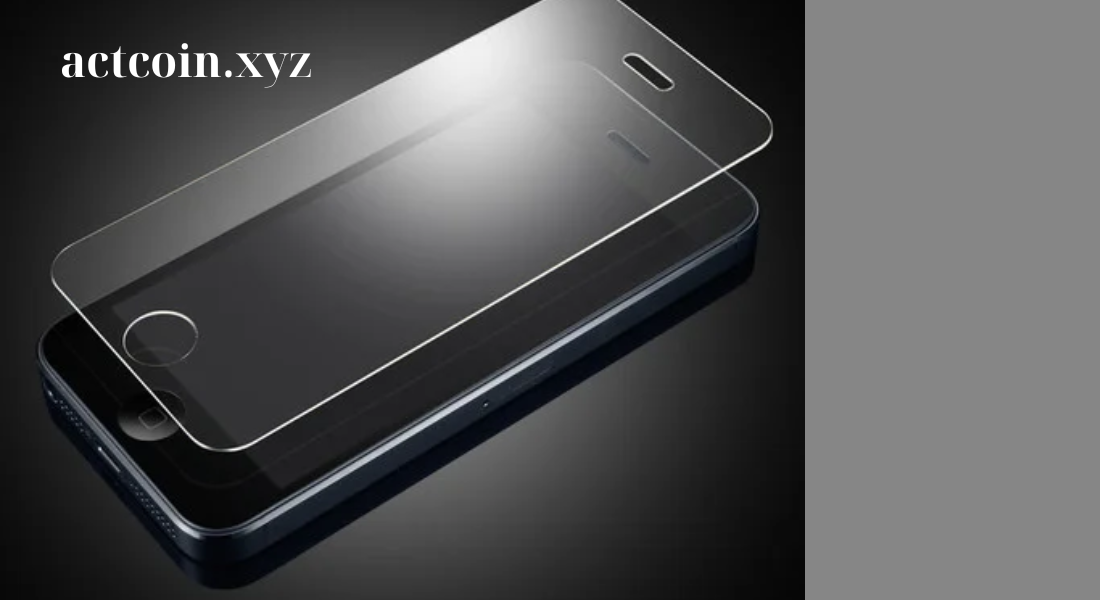In today’s digital age, our smartphones, tablets, and other devices have become indispensable parts of our lives. With this increased reliance comes the need for effective protection. One of the best ways to safeguard your device’s display without sacrificing aesthetics is by using an ultra-thin screen protector. In this comprehensive guide, we’ll explore what ultra-thin screen protectors are, their advantages, how to install them, and tips for choosing the right one.
What Is an Ultra-Thin Screen Protector?
An ultra-thin screen protector is a transparent film or glass that is designed to cover the display of your device. Unlike traditional screen protectors, which can be bulky and detract from the device’s appearance, ultra-thin options are specifically engineered to offer maximum protection while maintaining the sleek design of your device. Typically, these protectors are made from materials like tempered glass or high-quality plastic that provide resilience against scratches, smudges, and minor impacts.
The Advantages of Using an Ultra-Thin Screen Protector
1. Enhanced Protection
One of the primary reasons to invest in an ultra-thin screen protector is the level of protection it offers. These protectors can shield your screen from everyday hazards such as scratches from keys, drops, and other accidental impacts. The use of tempered glass in many ultra-thin protectors increases their durability, often providing superior protection compared to regular plastic options.
2. Clarity and Touch Sensitivity
Ultra-thin screen protectors are designed to preserve the clarity of your device’s display. Most ultra-thin options boast high-definition clarity, ensuring that you don’t miss out on the vibrant colors and details of your screen. Furthermore, their thinness allows for excellent touch sensitivity, meaning you can swipe, tap, and pinch with ease, just as if there was no protector at all.
3. Easy Installation
Many ultra-thin screen protectors come with a straightforward installation process. Most brands offer a bubble-free application feature, allowing you to install the protector without needing professional assistance. A simple wipe down of your device’s screen, followed by careful alignment and application of the protector, can yield professional-looking results.
4. Reduced Glare and Fingerprint Resistance
Another benefit of ultra-thin screen protectors is their ability to reduce glare from external light sources, making it easier to view your screen in bright conditions. Additionally, many protectors feature an oleophobic coating that helps repel fingerprints and smudges, keeping your device looking pristine even after heavy use.
How to Choose the Right Ultra-Thin Screen Protector
When selecting the best ultra-thin screen protector for your device, consider the following factors:
Material
Ultra-thin screen protectors can be made from either tempered glass or plastic. While tempered glass typically offers better protection and durability, high-quality plastic options can be more flexible and easier to apply.
Compatibility
Ensure that the protector you choose is compatible with your device model. Manufacturers often design ultra-thin protectors to fit specific models, so double-check before purchasing.
Features
Look for additional features that enhance the protector’s functionality. Some ultra-thin options offer anti-blue light technology, which helps reduce eye strain, while others may come with anti-glare or anti-fingerprint properties.
Brand Reputation
Research the brand before making a purchase. Opt for reputable brands with positive customer reviews to ensure you’re getting a high-quality product.
Installation Tips for Ultra-Thin Screen Protectors
Installing an ultra-thin screen protector can be done effectively by following these simple steps:
1. Clean Your Device Screen
Before applying the protector, ensure that your device’s screen is free of dust and fingerprints. Use a microfiber cloth and a gentle cleaning solution to wipe down the screen thoroughly.
2. Align the Protector
Carefully align the ultra-thin screen protector with the edges of your device’s screen. Most protectors will have guide stickers or cutouts to help you with this process.
3. Apply the Protector
Once aligned, slowly apply the protector starting from one edge and working your way across the screen. Use a credit card or similar object to gently push out any air bubbles as you go.
4. Final Touches
After the protector is applied, check for any remaining bubbles. If present, carefully lift the corner of the protector and reapply it while pushing out the air.

Caring for Your Ultra-Thin Screen Protector
To extend the lifespan of your ultra-thin screen protector, follow these care tips:
1. Regular Cleaning
Use a microfiber cloth to clean your screen protector regularly. Avoid using harsh chemicals that could damage the surface.
2. Avoid Excessive Pressure
While ultra-thin screen protectors are designed for durability, applying excessive pressure can still cause damage. Handle your device with care, particularly when placing it in bags or pockets.
3. Replace When Necessary
Over time, even the best ultra-thin screen protectors can become scratched or lose their clarity. Keep an eye on the condition of your protector, and replace it when it no longer provides adequate protection.
Common Misconceptions About Ultra-Thin Screen Protectors
Myth 1: They Don’t Offer Enough Protection
One common misconception is that ultra-thin screen protectors do not provide adequate protection. While they are indeed thinner than traditional options, modern manufacturing techniques have resulted in ultra-thin protectors that can withstand significant wear and tear. High-quality tempered glass variants, in particular, can absorb shock and resist scratches effectively.
Myth 2: They Are Difficult to Install
Many people shy away from using screen protectors due to the fear of improper installation. However, ultra-thin screen protectors often come with user-friendly installation kits, including guide stickers and cleaning wipes. With a little patience, anyone can apply them successfully.
Myth 3: They Change the Device’s Appearance
Another misconception is that ultra-thin screen protectors will alter the look of your device. On the contrary, these protectors are designed to enhance the device’s aesthetics while providing a layer of protection. Most options are nearly invisible once applied, allowing the original beauty of your device to shine through.
Conclusion: Protect Your Device with Ultra-Thin Screen Protectors
Investing in an ultra-thin screen protector is one of the smartest decisions you can make to keep your device safe from everyday wear and tear. With their blend of protection, clarity, and ease of use, these protectors are ideal for anyone looking to maintain the pristine condition of their screens. By selecting the right protector and following proper installation and care practices, you can enjoy the peace of mind that comes with knowing your device is well-protected.
In a world where technology is constantly evolving, protecting your investment should be a top priority. Don’t compromise on safety or style—opt for an ultra-thin screen protector today and enjoy your devices to the fullest!
This guide has equipped you with all the essential information you need to make an informed decision about ultra-thin screen protectors. With the right protector, you can safeguard your device while maintaining its sleek and stylish look. Remember, the small investment in a quality ultra-thin screen protector can save you from costly repairs and ensure your device remains in top condition for years to come. Choose wisely, install properly, and enjoy the full functionality of your devices without worrying about damage.
